You’ve probably seen all the reviews breathlessly praising the Nintendo Switch’s Super Smash Bros. Ultimate by now, and honestly, that consensus (currently 92% on Metacritic) is no coincidence—there’s a reason it’s already the Switch’s new fastest-selling game.
But, in much the same way, you’ve probably already played a Smash Bros. game or two (or more) in your day, and whether or not you’re interested in this one probably has very little to do with the positive review scores it was almost guaranteed to get.
After all, the last 3 home console-based editions in the series all clocked in at or around the same score, and one of them (the Wii’s Smash Bros. Brawl) literally included an intentional game mechanic that caused players’ characters to trip and fall down at random, in the middle of battle. The series is basically bullet(bill)proof, at this point.
So, instead of a traditional review, let’s do a quick rundown of the relevant components so that, if Smash Bros. is something you are interested in, you’ll have a good idea of what you’re getting into.
Characters and Stages:
You may already know from the “Everyone Is Here” slogan that the game includes every playable fighter from the series’ history, along with some new additions.
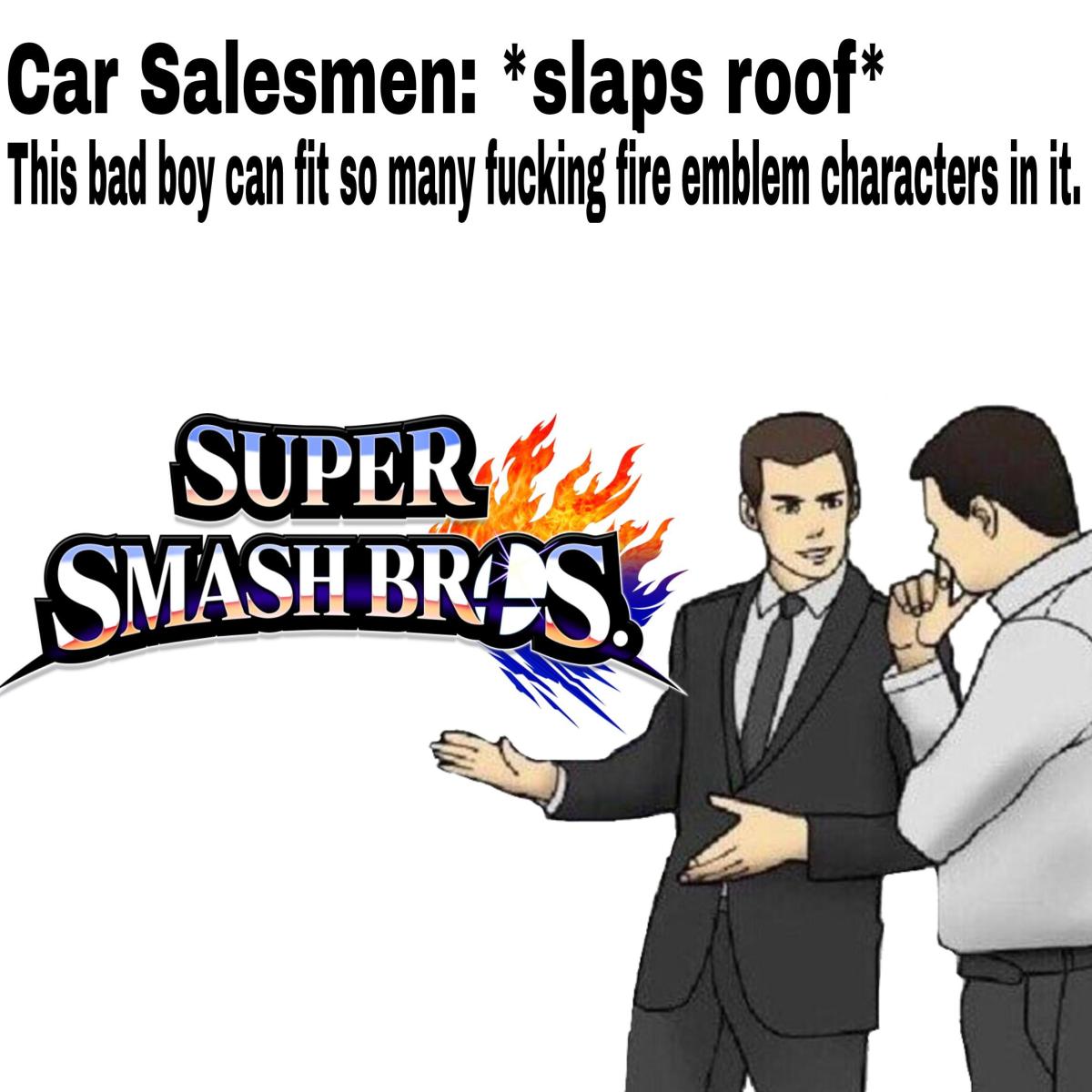
Anywhere from 3.5 to 4 Marths, depending on how you count—less than your average number of Gokus in a Dragon Ball game, but I digress. (image: reddit)
What you may not know is that the game also features nearly every single playable stage from the series’ history in some form (and you can play on them all with their “stage hazards” turned off, but without reducing them to Battlefield and Final Destination forms, retaining some of their uniqueness).
If you look at the full stage list stacked up against the franchise’s past entries, you’ll notice that, of the stages “missing” from Ultimate, most have simply been replaced by spiritual successors—Smash Bros. 64′s Sector Z being represented by Melee’s Corneria, for example—with only a handful actually completely left out.
With all of that returning content, the new additions to the fighter roster are understandably few, but they’ve all proved unique and fun to play so far, with six more on the way as DLC, including the wonderfully silly Piranha Plant and five more that remain to be seen.
On the downside, you have to unlock all but the 8 characters in the base roster of Super Smash Bros. 64, which took me almost a week—and I played quite a bit. The unlocking process moves along at a pretty good pace, though, and your best bet, if you’re not into the adventure mode (which we’ll get to in a bit), is to just play some multiplayer matches with a two- or three-stock setting, either against computer players or with friends, and let the new fighters come to you.
That’s not necessarily the fastest way, but it’s a good mix of unlock speed and actually having fun playing and learning the new game. If there’s a specific character you can’t wait for, though, Classic Mode has a set unlock order based on which character you use, and you can look that up (as well as the order for the other methods) to avoid a potentially long wait.
Gameplay:
That fun extends to the original cast of characters, as well. As with every previous iteration of the series, the fighting mechanics have gotten a makeover—a deceptively substantial one this time around, although as a party game, it’s the same multiplayer mayhem as always, just bigger, faster, and flashier.
There are infinite nuances we could go over for the hardcore Smash fan, but the overall impression the changes have left me with is this: Masahiro Sakurai’s development team decided to just embrace each character’s good traits instead of trying too hard to weight them down with drawbacks, and it feels glorious.
In past Smash games, it’s always been weird to see some attacks that would be good get inexplicably held back by range limitations or cool-down that left the character open to attack, while the best characters in the game were always the ones that suffered few of these drawbacks despite having equally good (or better) moves. This time around, it feels like many of those limitations were removed, creating an entire cast of strong characters—if everyone’s broken, no one is.
Removing those limitations is very freeing and just feels like a blast to play, on top of a noticeable, sometimes startling increase in character speed in many ways (run speed, jump/fall speed, attack speed, cool-down speed when landing after an aerial attack, etc., across the board) compared to the last iteration.
In a way, it feels similar to Smash Bros. Melee (seriously, data miners have determined that some of Pichu’s physics stats were ripped straight from that game), but also feels very new and different—in a good way, although it’s not likely to sway any of the dedicated Melee tournament crowd. The ability to perform any action immediately out of a run opens up the ground combat in a big way, requiring only that you return the joystick to its neutral position before inputting whatever attack you like, from a jab all the way up to a smash attack. There’s a lot of room for creativity that adds to that feeling of freedom.
Single-Player Modes:
This is an area where the game falters a bit for me, but your mileage may vary. Alongside returning modes like Classic (fighting through a pre-set route of opponents à la your standard fighting game story mode) and All-Star (fighting through the game’s entire character roster, although it’s been turned into one of the infinitely spawning army modes this time around), the game’s big “adventure mode” is World of Light, which is mostly just a series of battles with special rules, designed to give the feel of battling a character that’s not actually a playable fighter in the game.
On the plus side, these battles are unique and generally do a good job of getting across some element of the character they’re representing, which is fun in a game that is so much a museum of Nintendo/video game history. You’ll also get to loading out your character with the spirits of your favorite video game characters as you choose—buffing stats and bestowing specific items on you, among other things—and choose upgrades from a skill tree as you progress.
The overworld map you’ll traverse to find these battles also has a fun aspect in that some areas will be impassable until you defeat a certain fighter (or type of fighter) and add their “spirit” to your party, allowing you to overcome particular obstacles.
Just don’t ask why Kirby, your starting fighter, can’t just fly over every barrier. Just go with it.
However, a lot of that, including the “spirit” power-ups that are basically a retooled version of Brawl’s sticker system, is just window dressing on what debuted in Melee as “event matches”—battles with special, themed rules. There’s even another mode, “Spirit Board,” that allows you to choose from a selection of these themed matches with no story or map to explore, making it even clearer how much they’re like the original “event match” mode.
There’s also a built-in cheat button that automatically selects the appropriate spirit upgrades for a given battle, but I’d recommend avoiding that and choosing the ones you like in order to make the experience more fun.
Smash Bros. isn’t exactly about single-player modes, so it’s hard to hold too much against Ultimate in that regard, especially with the absolutely absurd fighter/stage/music roster, but if you’re looking for a side-scrolling adventure like Brawl’s “Subspace Emissary” or even the 3ds version’s “Smash Run” (or some imaginary perfect combination of the former’s sprawling levels and the latter’s use of enemies from fighters’ games, just saying) you’ll be disappointed.
Other “stadium” staples like the target test and home-run contest are also missing this time around, but the training mode has received some nice upgrades, including the dedicated training stage, knockback measurements, and a proper frame-by-frame mode, among other things.
Multiplayer Modes:
Of course, there’s the standard 2–8-player multiplayer vs. mode, but in addition to the tournament mode (that I’m not sure anyone ever uses) and the special rules mode, there’s also “Squad Strike,” which lets you use a different fighter for each of your lives in battle—or hand off the controller to a friend for a new fighter for each one, if you want.
It’s a lot of fun and similar in spirit to “crew battles” that Smash players have been doing for years, although it’s strange that it’s restricted to either 3 vs. 3 or 5 vs. 5.
That brings us to …
Online Play:
The other multiplayer mode. Smash Bros. has long struggled with online play, beginning with Brawl’s online play that—unless you were playing with someone on your friend list—only allowed 2-minute, 4-player (optionally with teams) matches, choosing one participant’s preferred item rules at random. That resulted in websites popping up allowing players to find each other outside of the game to connect and play with custom rules—far from an ideal experience.
Things got better with the Wii U/3DS entries, introducing “For Glory” mode, finally allowing players to play 1-on-1 stock battles with random opponents, albeit still with some limitations, including only allowing the Final Destination-shaped “omega” versions of stages.
Ultimate has removed the lines between “For Glory” and “For Fun” modes and instead introduced matchmaking more along the lines of what you might expect to find in other games, with skill levels matched up by “Global Smash Power” and rule preferences taken into account. When the game launched, players struggled with being forced into 4-player matches despite setting their preferences for 1-on-1, although a one-week patch made improvements in that regard. (I experienced the problem a handful of times before the patch, and not once since.)
Global Smash Power isn’t quite a perfect ranking system, as it takes into account factors outside of raw online wins and losses—seemingly including data on Classic Mode performance, among other things—but it will hopefully help, at the very least, mitigate the effects of things like a ton of new players suddenly coming online on Christmas. That’s not to be elitist—it’s as helpful for new players to get a chance to play against other new players as it is for more experienced players not to suddenly be inundated with opponents who just turned on the game for the first time, and that general effect should continue on into the game’s lifespan.
On the other hand, players who get matched up still have their differing preferred rules chosen at random, and the only way to join a match with a specific ruleset that’s agreed upon in advance is to hop into one of the “Battle Arenas,” which generally means waiting in line for your turn to play among a group of players. (You can also spectate in these arenas, which may be useful for picking up tips, as they can be marked for varying skill levels.)
These are a fun idea for a group of friends, with options for either the winner or the loser of each battle to be rotated out for the next round like you might do in your living room and the ability to use voice chat with Nintendo’s smartphone app, but I’ve found the “Quickplay” and background matchmaking modes to be more useful for just jumping into an online fight.
I will note that Sudden Death is still in use to break stock-count ties in online play in Ultimate, instead of giving victory to whichever player has a damage lead, and the inability to turn it off is frustrating in the way it encourages trailing players to try to run out the clock instead of fight.
It’s also strange that the game has a background matchmaking feature that allows for playing other modes while waiting, but won’t let you opt out of playing at least the first game with any given opponent. With players allowed to play other modes while the game searches for an opponent, it’d make more sense to allow them to be pickier, but the developers seem more concerned with finding matches quickly even if the rules are a bad match, even if the player would prefer to wait.
Again, that hasn’t caused an issue for me since the patch was released, but the longer the game is out and the fewer players there are online, the more it seems likely to go with a bad match rather than no match at all, without even asking the player’s opinion on those priorities—and penalizing those who leave matches early.
The other strange choice in online play is that you can only select one character at a time—no changing characters once you’ve found an opponent you like playing with, for either of you. It seems like this has resulted in players sticking around for fewer games, since it’d be the same character matchup over and over.
This seems to be due to the fact that each character has an individual GSP rating, which is nice for playing characters you’re less familiar with against less difficult opponents, but that’s not worth the tradeoff, as far as I’m concerned. It also means that, if you’re matched with someone who you can beat handily with the character you’ve chosen, and you’d like to play against them with a different character to give them a better chance and have more fun yourself, you … can’t.
But you do collect “Smash tags” for each player you beat, recording who they are and how many wins you scored, and you can scroll through your past opponents to make friend requests, so you might wind up with some new Smash buddies that way.
I should note that you need Nintendo’s paid online service to play Ultimate online, a roughly $20/year fee if you sign up for a year at once—not a lot overall, but worth considering when weighing the quality of online gameplay.
Options and Other Details:
Customizable controls are, of course, back for the myriad controller options, with every options players have come to expect, in addition to a joystick sensitivity option (that hasn’t seemed very noticeable to me, honestly, but could after further testing). You can also set control options for players who haven’t selected their own name tag in this version of the game, which is a welcome addition (or maybe not, if you change every button on the generic controls to jump as a prank …)
The ability to save sets of custom rules is also a great feature, making it easy to switch between different kinds of play for a game that attracts all different kinds of players. It also assists in dealing with one of the strangest drawbacks in the game: After the previous versions introduced the feature of remembering character selection preferences right down to which color/costume a player prefers, Ultimate completely forgets what character you’ve chosen after every single game in its local multiplayer mode—oddly, the exact opposite of its online problem—making you choose again.
There are only a few workarounds to this, and they’re not great: either selecting a rule that locks you into a single character for a set number of rounds before having to choose again (but also locks any “random” character selection in for the same number of rounds), or selecting a rule that bypasses the stage select screen (which shows up before the character select screen in Ultimate), in which case the game still makes you choose your character again, but not having to choose a stage at least speeds up the process.
Neither of these is a great solution, and I hope this is fixed in a future patch.
Still, the pre-set rules are a great asset, especially in allowing several different sets of stages to be entered into random selection depending on the set of rules.
Another great addition is the ability to switch between multiple in-game languages, although it’s an all-or-nothing change, unlike fighting games that allow you to choose things like voice language on an individual character basis.
The game will also helpfully convert replay recordings to video files for you, but it won’t allow gameplay video recording through the Switch’s native sharing feature, and it won’t allow you to save video files to the Switch’s internal memory—only a micro SD card. You can still watch your replays through the game’s menu, but you’ll need that SD card to move them to standalone video files.
—
And that’s … about everything, unless I forgot something. Of course, I’m leaving a lot of details out (mostly because there are just so many), but this is a pretty good idea of what you’re getting with Super Smash Bros. Ultimate.
If you weren’t interested in Smash before, it’s unlikely that anything in this game will change your mind, but if you’re a fan, there’s a lot here to love, minor issues aside.
(images: Nintendo)
Nintendo provided us with a review copy of Super Smash Bros. Ultimate.
Want more stories like this? Become a subscriber and support the site!
—The Mary Sue has a strict comment policy that forbids, but is not limited to, personal insults toward anyone, hate speech, and trolling.—



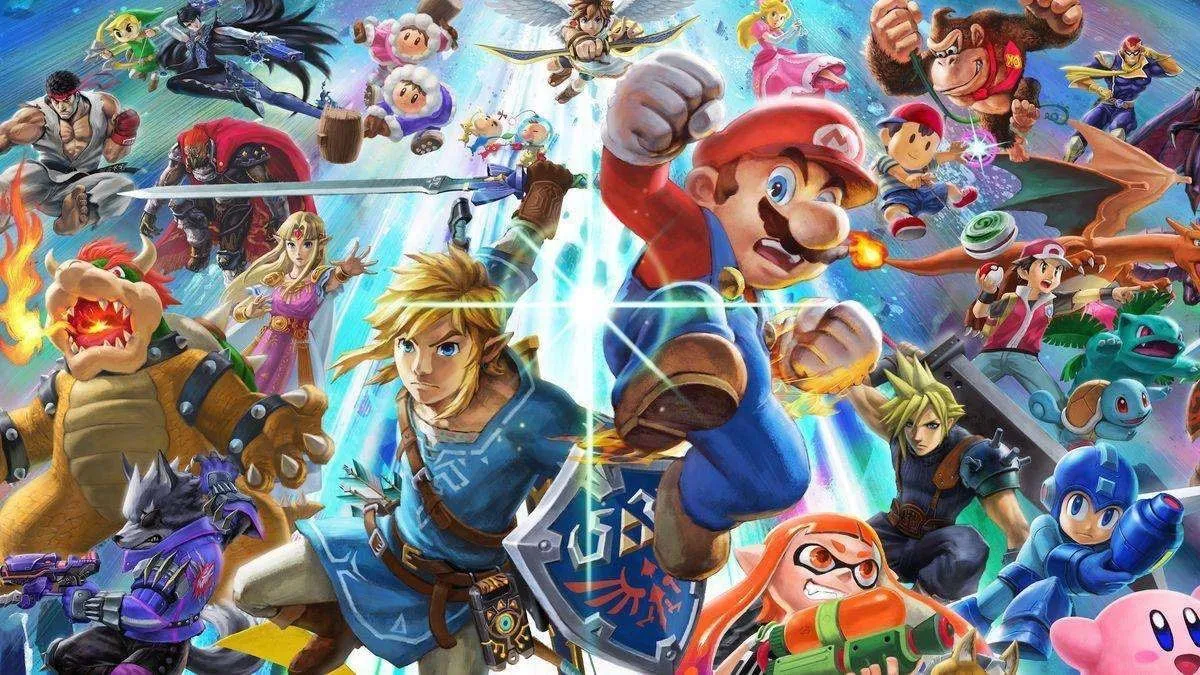

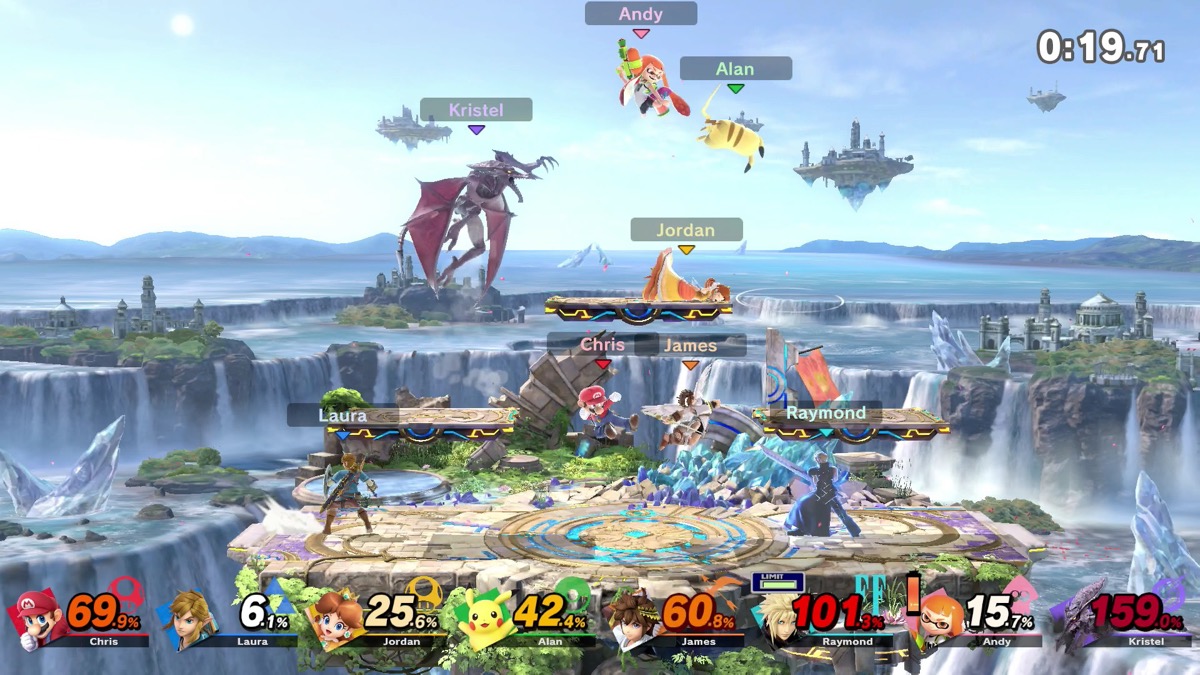
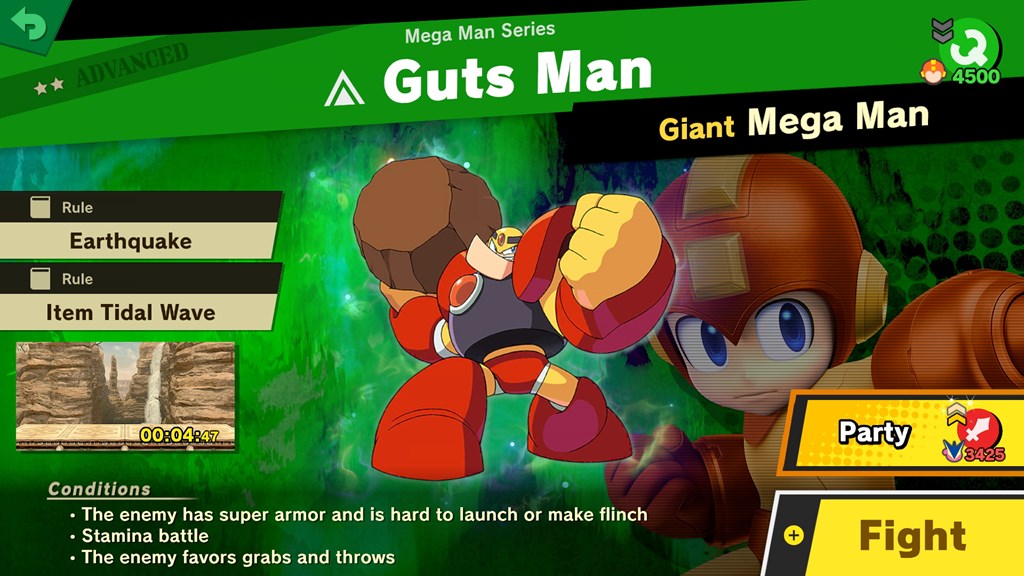
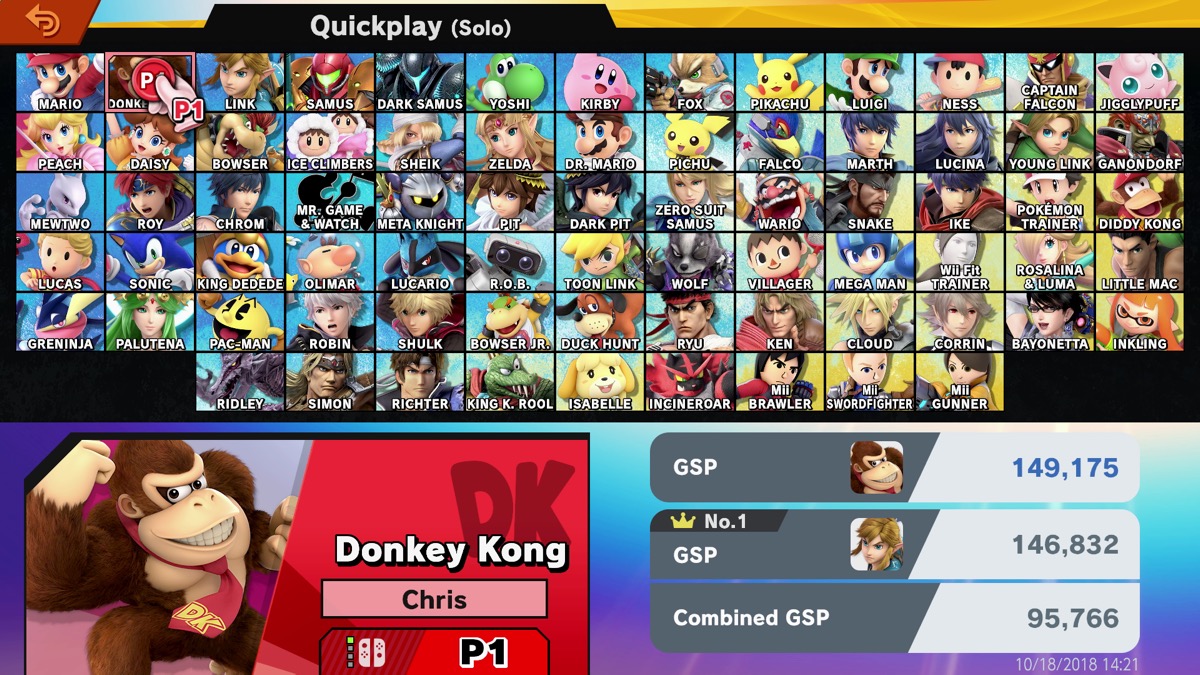
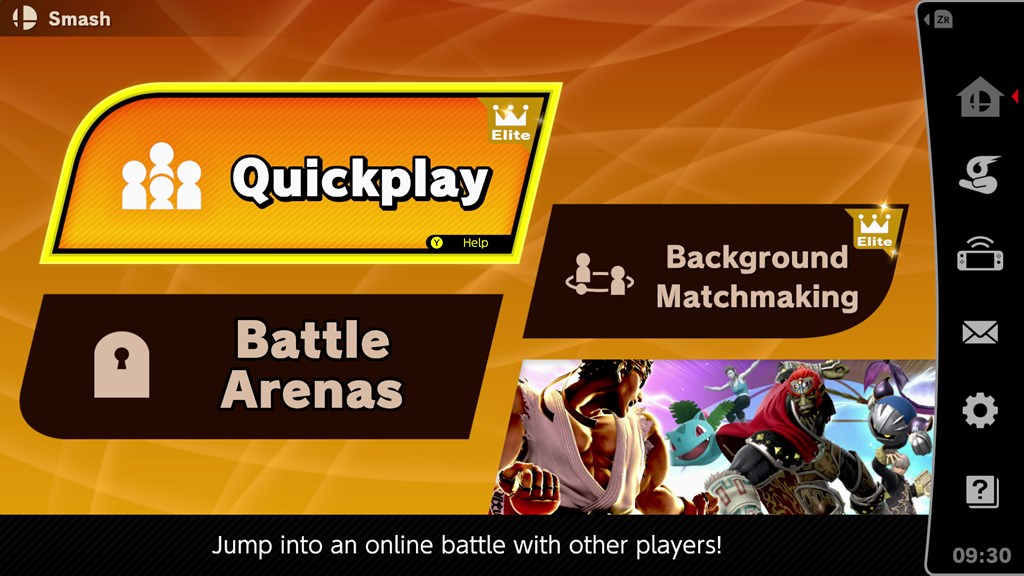
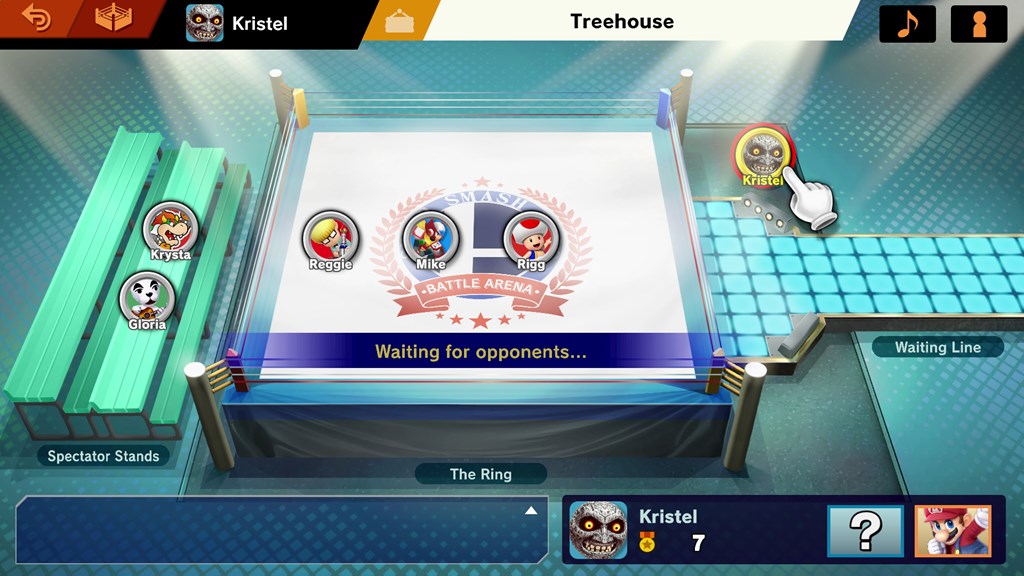
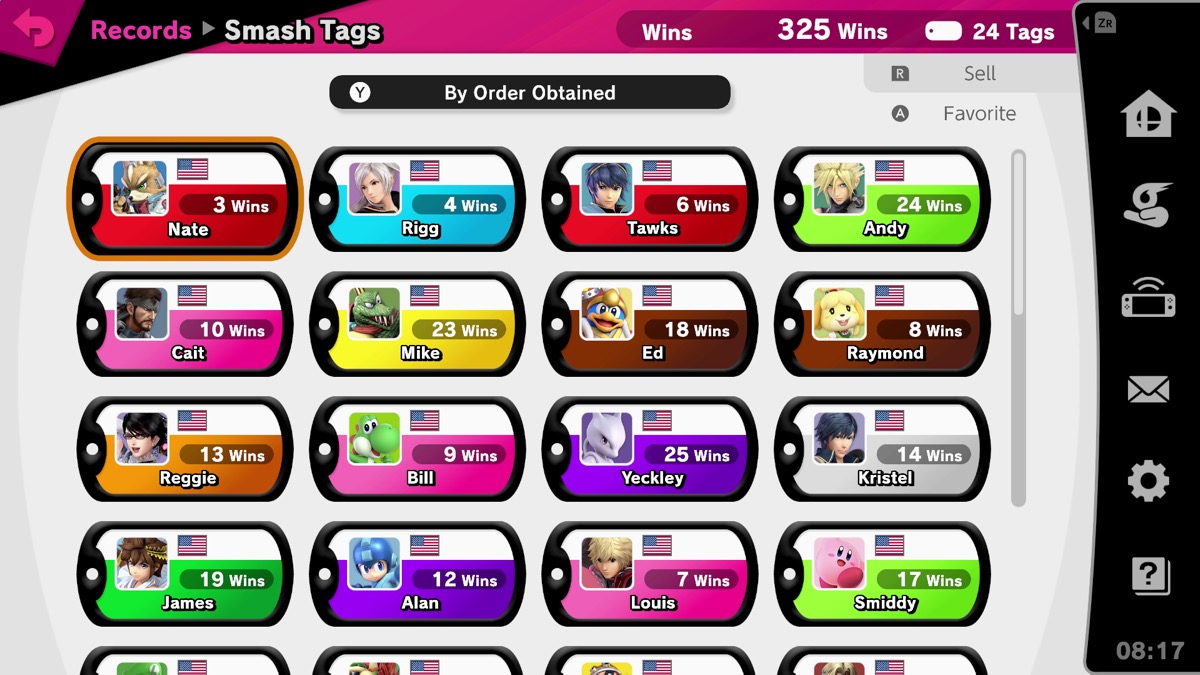
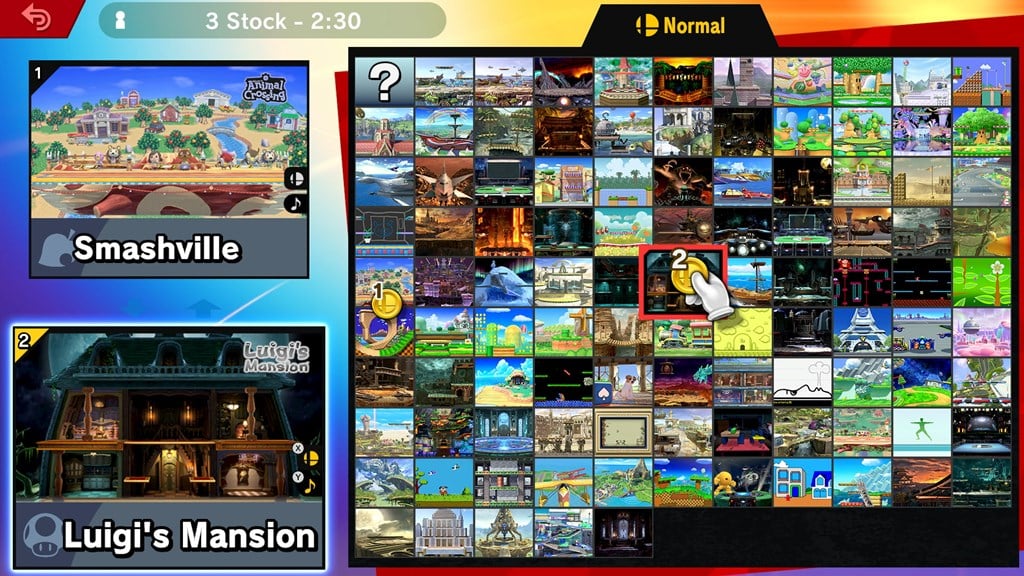





Published: Dec 18, 2018 03:46 pm